Inktober unplugged: 31 days of ink, imagination, and art therapy
Inktober unplugged: 31 days of ink, imagination, and art therapy
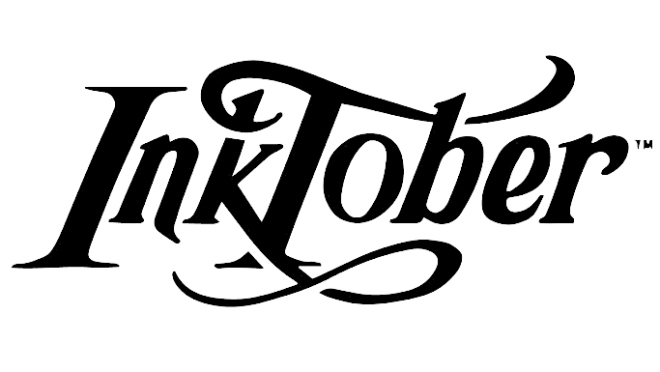
October is here! And while Green Day fans are hopefully awake by now, it’s time to shift our attention to one of the month’s coolest traditions—Inktober.
If you haven’t come across it yet, the name gives it away: a mash-up of ink and October. But what exactly is Inktober, and why has it become every artist’s October obsession?
For many creatives—professional and aspiring alike—the struggle is universal: blank pages, brain fog, and the pristine white sketchbook staring back at you. Enter art block: the sneaky thief of inspiration. But thankfully, October delivers the ultimate cure: Inktober. One pen, one pad, one word prompt a day, and suddenly that blank page doesn’t feel quite so intimidating.
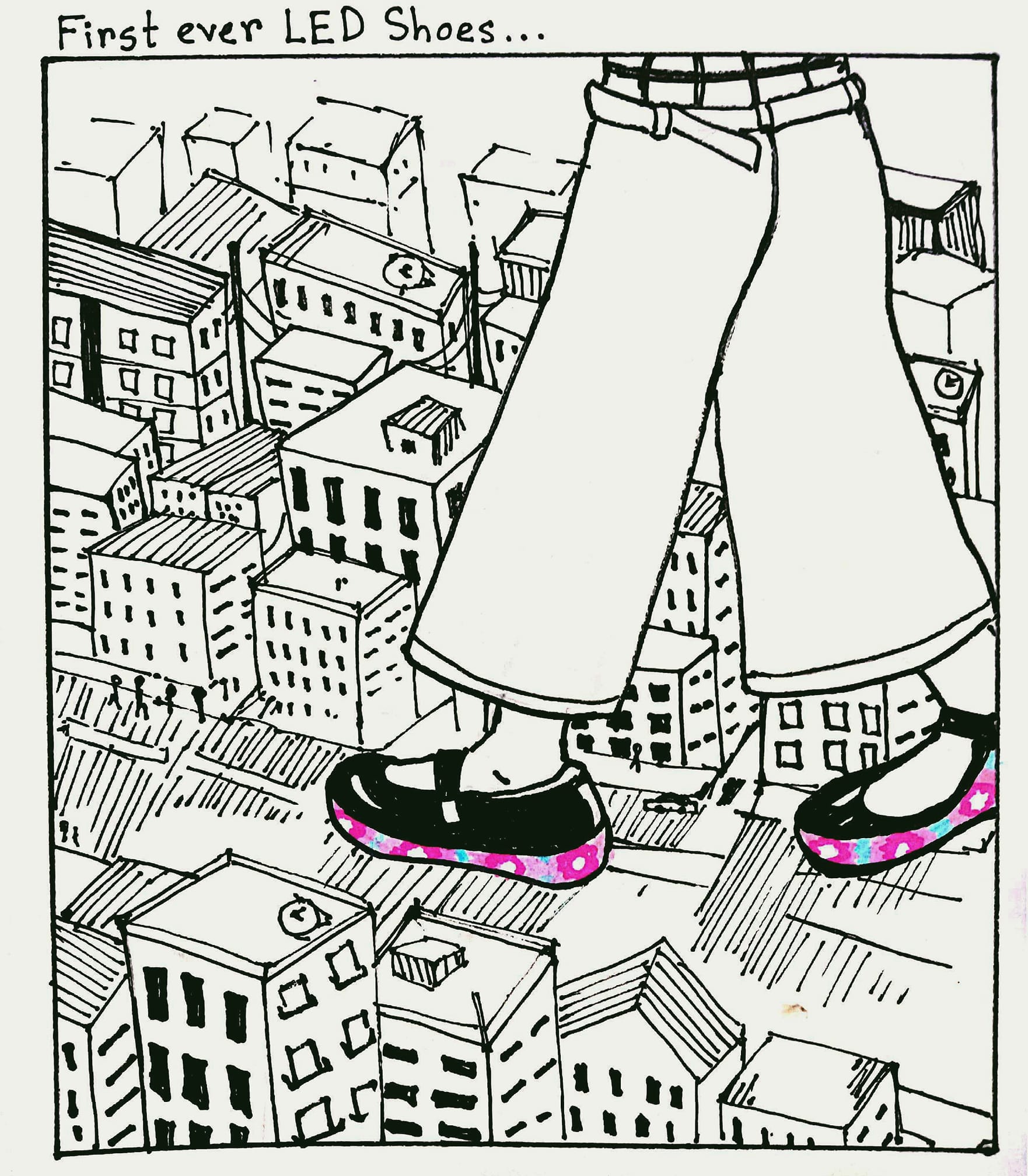
Inktober began in 2009, when visual artist Jake Parker started it as a personal challenge to improve his skills and develop consistent drawing habits. What started as a modest online experiment has since exploded into a global creative phenomenon, with hundreds of thousands of artists posting millions of drawings every year.
The challenge is simple: 31 drawings over 31 days, each inspired by a single-word prompt. Parker updates the prompt list every year with words like rust, roam, or jumbo. From these tiny seeds, the online art community flourishes, flooding social media with endless interpretations of the same starting point.
The rules are simple:
- Make a drawing in ink
- Post it online
- Tag it #Inktober and #Inktober2025
- Repeat!
But really, these “rules” are more like guidelines. The heart of Inktober is daily creation, not perfection. There’s no one right way to do it—the goal is simply to make art and share it with others.
We spoke with two aspiring artists to get a sense of how they feel about the current artistic trend.
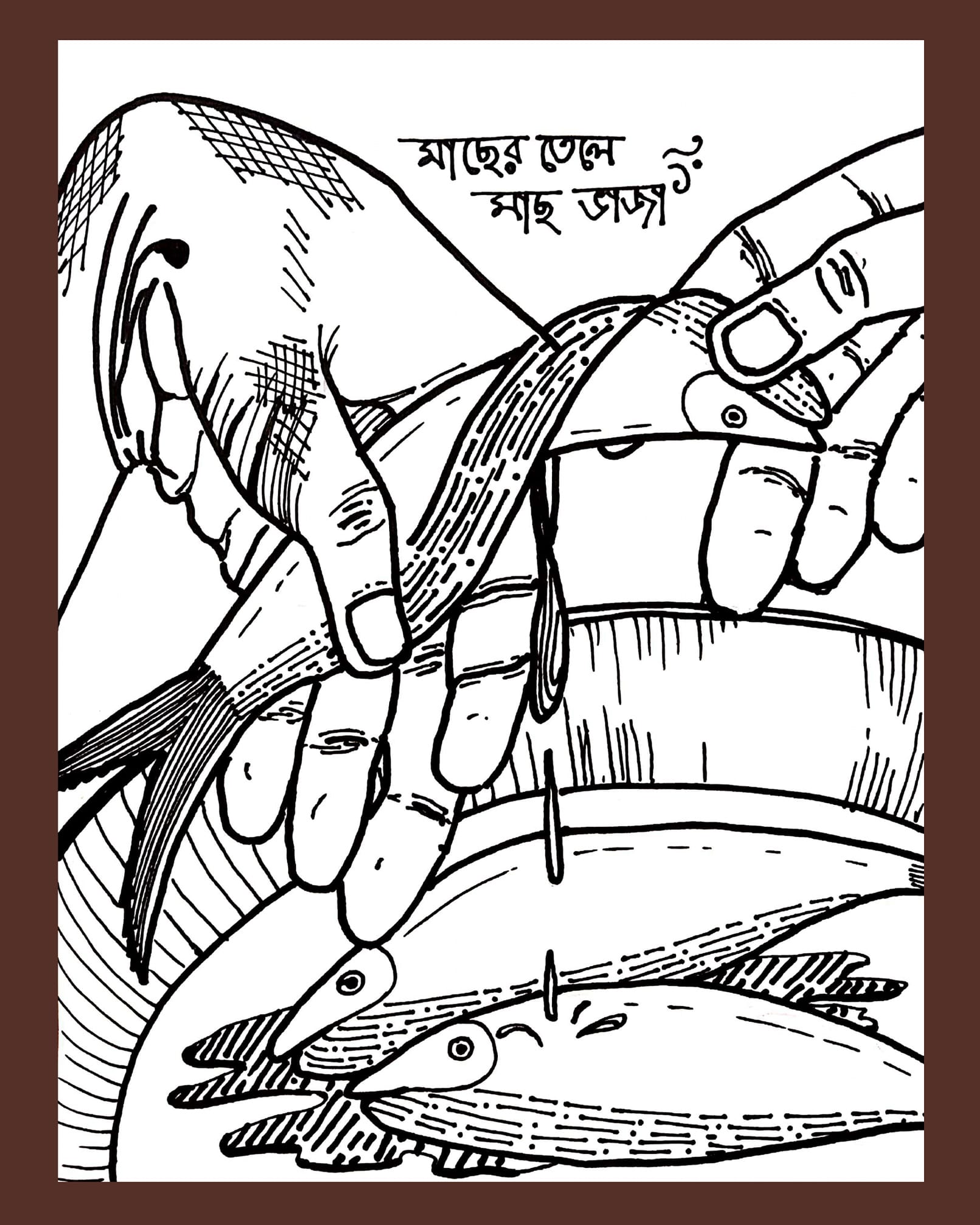
Tahmina Tanni, a young artist based in Dhaka, shares how the lazy hours during COVID lockdown sparked her interest in Inktober: “It was 2020 in the middle of covid-19 lockdown. Everyone was looking for something to keep themselves busy. Painting and sketching seemed like a therapeutic way to keep myself busy as well. The artists I used to follow on social media was sharing their artworks and prompts online enthusiastically. It felt like the global art community had come together to celebrate October, making it a month dedicated to artists. That experience inspired me, and I’ve been participating in Inktober every year since then.”
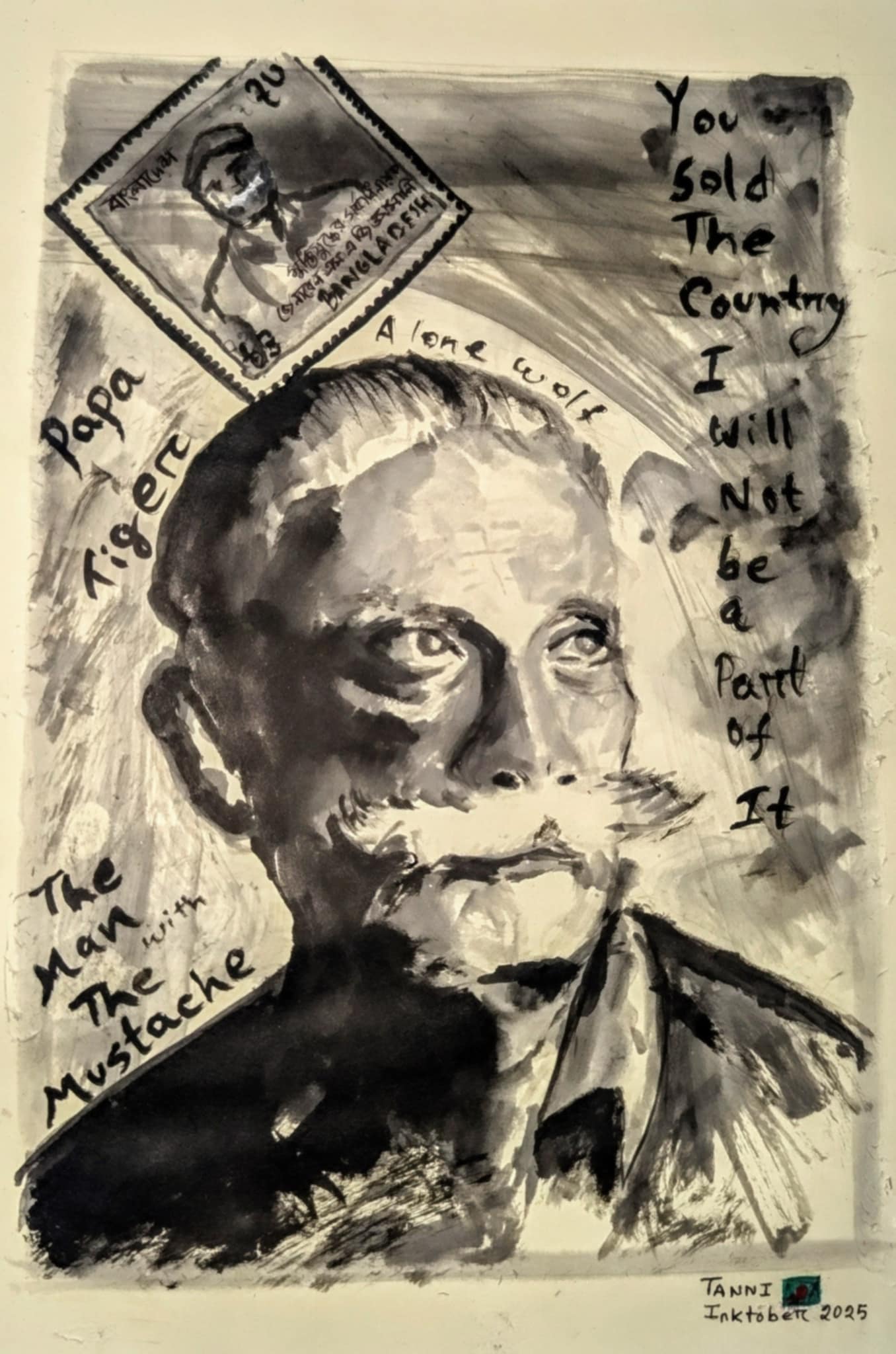
When asked if she shares her work online and the kind of response she usually gets, Tanni answers positively.
“Yes, I do share my work online and the responses that I get from it inspire me to sketch something even better the next day. I often get responses from renowned illustrators. It’s only in the month of October that my artwork gets some exposure on the global platform. Because many are checking the #inktber tag and trying to get some inspiration to finish the challenge according to the prompt set for that day. So that’s how my artwork is getting more exposure than usual. Because I use hashtags while posting my sketches. I love the fact that intober is celebrated worldwide and artist forget about the borders. And it is very much visible from the responses that I get on my sketches.”
Nanjiba Shoily, a research assistant at North South University (and an artist at heart), shares her Inktober experience.
“I enjoy the ideation more than the execution. Thinking about a prompt and visualising a plot before touching pen to paper—that’s the most exciting part. There’s no grammar in thinking, and that’s where the freedom of art lives,” Shoily starts with how she feels about the trend.
31 drawings in 31 days might sound intimidating, especially if you are going through an art block.
It might seem difficult to manage to draw every day, some might want to just skip some days. But Tanni rather feels spirited to finish up the challenge:
“It’s quite difficult to draw everyday because painting and sketching demand time and undivided attention, which is difficult to manage on regular basis. But in the month of October I consciously skip few of my other works to manage time for sketching so that I can keep my inner child that loves to sketch alive. And Inktober honestly helping me a lot to do so.
A lot of artists complete all of the 31 challenges on 31 days of October, they truly inspire me. But I end up skipping one or two days and I feel awful about it. But it’s okay. Art is meant to be therapeutic and not a burden.”
When asked whether she finds it stressful, Shoily also reflects the same spirit and says how she found a way to handle the stress: “Routine can be stressful. Daily challenges sometimes get monotonous, so I like switching mediums, colours, and drawing styles. Experimentation makes the process fun!”
Shoily then talks about the materials she uses for her artwork: “I usually do the basic sketch with a 2B/4B pencil on regular sketchbooks. For inking, I use permanent CD markers (again, it’s just my preference). Coloured pencils, alcohol markers and coloured pens are some colouring materials that I use on sketchbooks. However, one can also use acrylic, gouache or watercolours. For that, paper with good gsm (e.g., cartridge paper) is a must.”
On the other hand, Tanni keeps it all ink : “All we need for participating in Inktober is black ink of any sort. If I just have a ballpoint pain, I am good to go, but I also prefer keeping a sign pen along. I often use black acrylic colour to add shades to my sketches.”
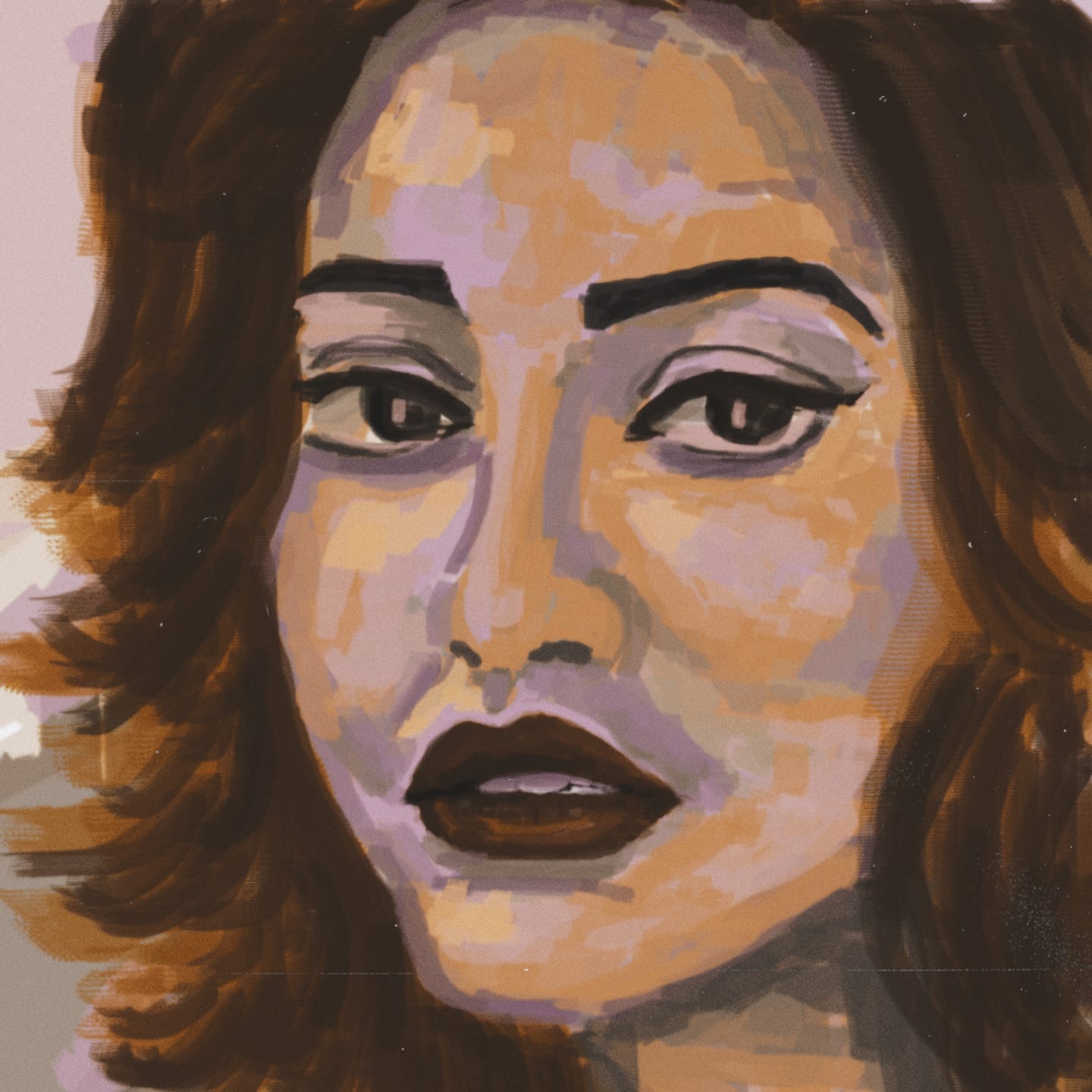
Now to the point of prompts. Not all artists feel like following the official prompts, and that’s not mandatory, by the way. Shoily talks about how she changed her mind about prompts.
“I used to stick to the official prompts, but this year I’ve created my own. Returning to regular practice is my priority, so I customise prompts and tell stories my way.”
And Shoily has a few pieces of advice for the newcomers.
“If you’ve been thinking of picking up drawing—or rekindling a long-lost love for it—don’t hesitate! Inktober connects you with skillful artists worldwide, and the daily flood of inspiring posts keeps motivation high. Honestly, it’s the perfect time of year to start!”
The hardest part of creating something is just starting. Inktober’s single-word prompts act as a safety net for creativity, elevating the process while leaving room for personal interpretation. A blank page feels a lot less intimidating with a pen in hand and a supportive community behind you.
Inktober isn’t about competition or making perfect art. It’s a communal celebration of doodles, sketches, and creativity. There’s no such thing as “bad” art here—only the joy of showing up every day and letting your imagination run wild.


